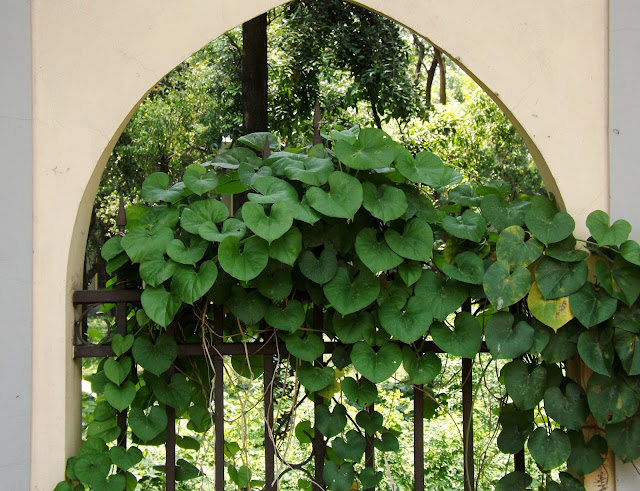Shilbhadi or Grey downy balsam, Garuga pinnata
Shilbhadi or Grey downy balsam (Garuga pinnata, family: Burseraceae) is a medium to large-sized tree with rounded crown, attaining a height of 20-40 m. The bark of the deciduous tree is thick and grey or brown-colored. Young shoots are pubescent. Often mature trees have buttress roots. It is mainly found in the hilly forests of Sylhet and Chattogram division. Outside the country it can be seen in some countries of South and Southeast Asia.
Other names: Bhadi, Nilbhadi, Jiolbhadi, Pahari jiga, Jum, Dabudabi.
Leaves are compound, 12-35 cm long; leaflets 7-10 pairs, 8-10 cm long and 2-3 cm wide, short-petioled, opposite, ovate-lanceolate, dented, tip elongated and almost blunt. Young leaves are reddish. Leaves fall off in winter and new foliage arrives in spring.
Flowers appear in spring with the new foliage in large pubescent and compound panicle. These are tiny, yellowish, with tubular calyx. Flowers are 5-merous (petals and sepals number 5).
Fruits are drupe, round, blackish when ripe, 2-2.5 cm in diameter. These are edible. Raw fruits are cooked as vegetables in some parts of India. The propagation of the plant is caused by seeds.
The reddish brown wood can be used to make furniture. Leaves and twigs are used as fodder. Herbalists claim that the juice of its leaves is mixed with honey along with the juice of Neem and Bashok leaves to cure asthma.
Synonyms: Garuga pharhad, Garuga pinnata var. obtusa, Garuga pinnata var. sikkimensis, Guaiacum abilo, Kunthia cochinensis, Kunthia pinnata.






Comments
Post a Comment